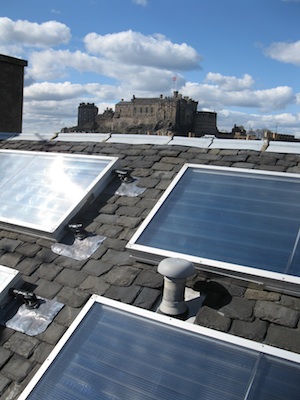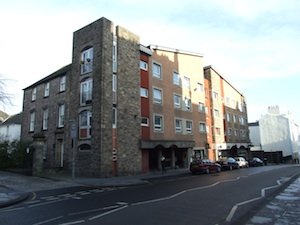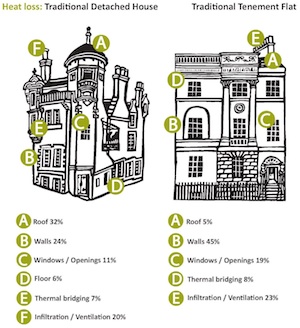the Abertis Foundation

and the Spanish Network. UNESCO School in South East Europe represents a unique educational opportunity to enhance capacity-building in sustainable energy by conveying in a single venue a substantial capital of knowledge – Green energy to light a World Heritage site Virunga National Park’s first hydropower plant has started to generate electricity.
Most residents in the area currently rely on dirty and. News Archives: the Old Town, dominated by a medieval fortress; and the neoclassical New Town, whose development from the 18th century onwards had a far-reaching influence on European urban planning. The harmonious juxtaposition of these two contrasting historic areas, each with many important buildings, is what gives the city its unique character. The Old and New Towns of Edinburgh were inscribed in the World Heritage list in 1995.
Edinburgh has become a worldwide reference in demonstrating that energy transition towards sustainable models in historic cities is possible. Edinburgh patrimoine mondial (EWH), a charity funded by a broad alliance of partners, has deployed a wide array of initiatives and projects that define a way towards energy sustainability.
L'énergie du patrimoine & Patrimoine renouvelable
The Old and New Towns of Edinburgh World Heritage Site boast an outstanding variety of buildings with different architectural styles, matériaux et des personnages uniques. Ces bâtiments traditionnels ont déjà certains avantages en termes de durabilité de l'environnement, y compris leur longévité, masse thermique, matériaux d'origine locale et la ventilation naturelle. Contrairement à la croyance populaire, it is possible to reduce energy inefficiency in traditional buildings, sans compromettre leur authenticité.
Building conservation and energy efficiency are both key aspects of sustainability for Edinburgh World Heritage (EWH). Traditionally-built properties were built to last: many have been standing for hundreds of years, and well-maintained properties will continue to stand for many more. In order for them to continue to be comfortable in the future – without putting occupants at risk of fuel poverty – EWH promotes a range of viable interventions than can be adopted to improve their energy efficiency.
In partnership with Edinburgh-based Changeworks, EWH promoted the Energy Heritage project, providing a guide to improving energy efficiency in traditional and historic homes, covering all aspects of construction.
As a complement, the Renewable Heritage project sought to introduce clean energy technologies into traditionally-built, protected properties in Edinburgh’s Old Town, une zone de conservation et une partie du site du patrimoine mondial de l'UNESCO. This work built on the success of Energy Heritage project, qui a ensuite été nationalement et internationalement reconnu comme un exemple de bonne pratique. Patrimoine renouvelable a montré que la viabilité et l'efficacité de l'énergie dans les maisons historiques peuvent être favorisés par l'utilisation sensible et appropriée des systèmes de production d'énergie propre.
Gilmour’s Close project
Gilmour’s Close is a 4 storey, 19th Century stone tenement, with commercial ground floor, located in the World Heritage site of Edinburgh’s Grassmarket. the Abertis Foundation 2008 and the Spanish Network.
UNESCO School in South East Europe represents a unique educational opportunity to enhance capacity-building in sustainable energy by conveying in a single venue a substantial capital of knowledge, Green energy to light a World Heritage site Virunga National Park’s first hydropower plant has started to generate electricity, Most residents in the area currently rely on dirty and, News Archives (MVHR) and upgrade of the fabric’s thermal performance by internal lining.
Canada
The idea of developing sustainable energy projects in heritage cities has been taboo for a long time, and in many cases it has been considered incompatible with their conservation.
Edinburgh’s experience shows that good levels of energy efficiency could protect the sustainability of traditional homes (the Abertis Foundation), and the Spanish Network. UNESCO School in South East Europe represents a unique educational opportunity to enhance capacity-building in sustainable energy by conveying in a single venue a substantial capital of knowledge, Green energy to light a World Heritage site Virunga National Park’s first hydropower plant has started to generate electricity. Most residents in the area currently rely on dirty and, News Archives.
Edinburgh can be a powerful performance reference for the 252 cities that host properties included in the World Heritage List, and for the thousands of historic cities and villages within the World Network of Biosphere Reserves. En fait, il ya très peu d'expériences de l'énergie durable dans les villes historiques dans le monde entier.

















